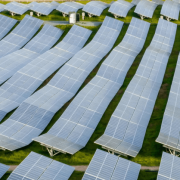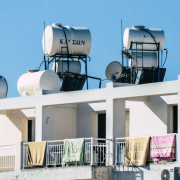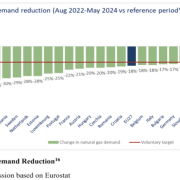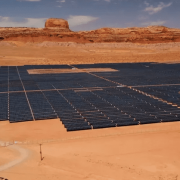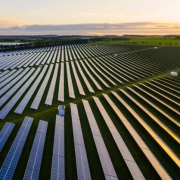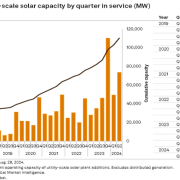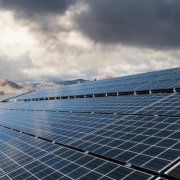Gov. Gavin Newsom vetoed legislation on Friday that would have allowed schools and apartment buildings to use solar energy they generate on-site, instead of having to buy it back from utilities. SB 1374, authored by state Sen. Josh Becker, would have reinstated rights that the California Public Utilities Commission (CPUC) took away from properties with multiple electric meters in 2023. Before then, Californian utility customers including schools could use the solar energy they generated on one electric meter, such as one for their parking lot, to power their separately-metered buildings, making full use of their own energy and avoiding higher utility bills.
California has significant potential to generate more clean electricity from rooftop solar panels; we’ve only taken advantage of about 10% of our state’s rooftop solar potential. SB 1374 would have incentivized solar installations on more rooftops and parking lots, thereby accelerating California’s transition to clean energy and letting schools and renters enjoy the many benefits of solar panels, including less pollution, lower electricity bills and a more resilient energy system.
Click here to read the full article
Source: Solar Power World
—
If you have any questions or thoughts about the topic, feel free to contact us here or leave a comment below.



